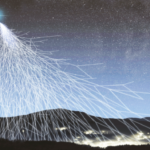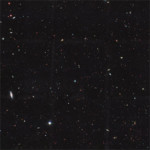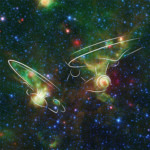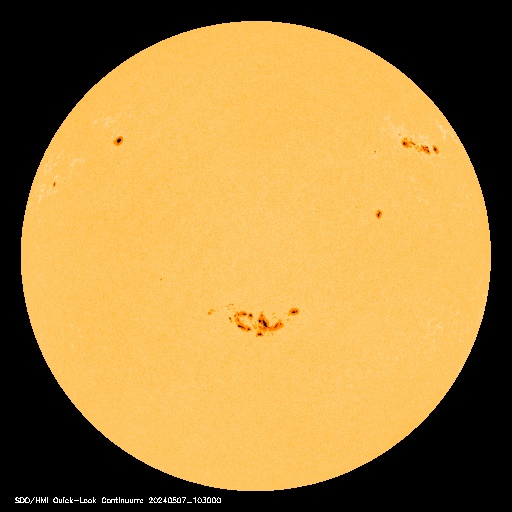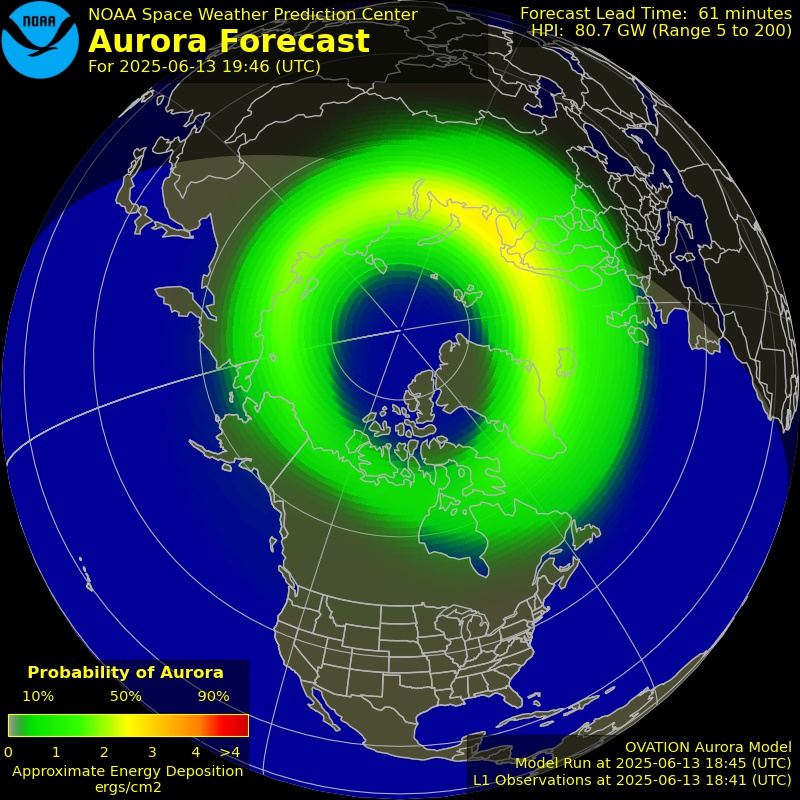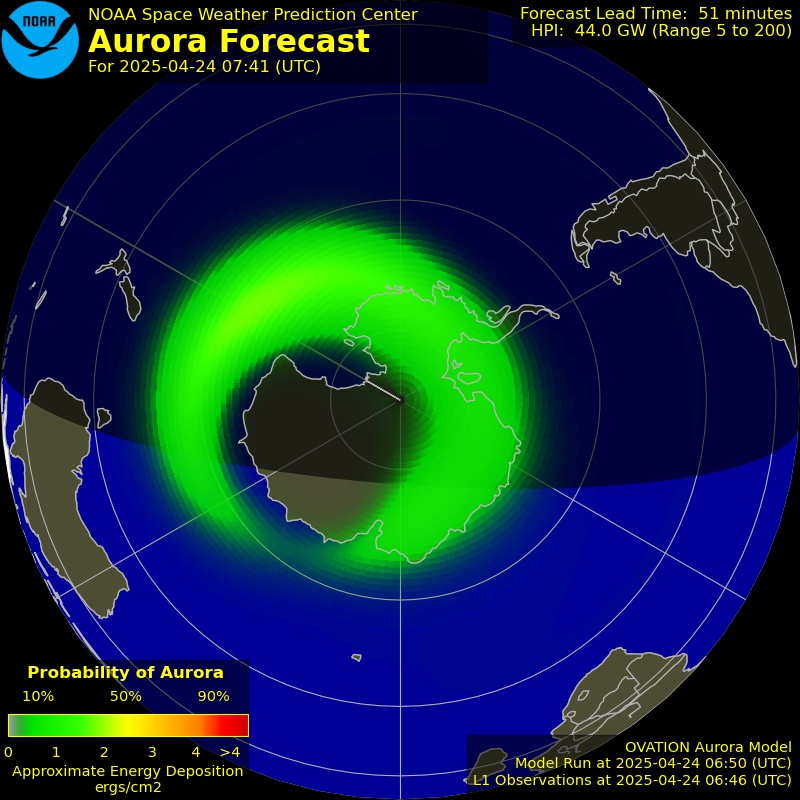
The universe is full of mysterious exploding phenomena that go boom in the dark. One particular type of ephemeral event, called a Fast-Evolving Luminous Transient (FELT), has bewildered astronomers for a decade because of its very brief duration.
Now, NASA’s Kepler Space Telescope — designed to go hunting for planets across our galaxy — has also been used to catch … Read the rest of this article

